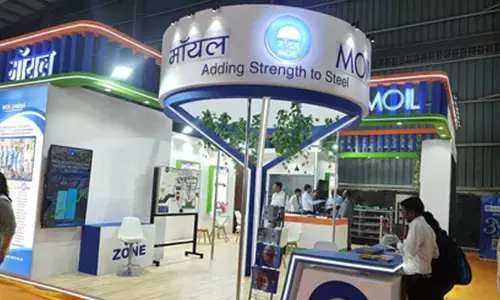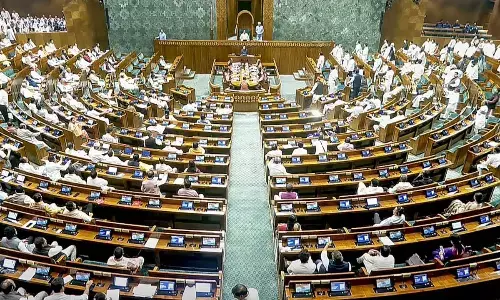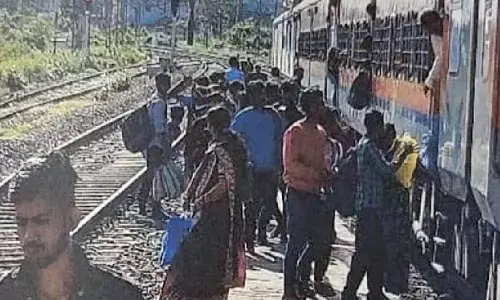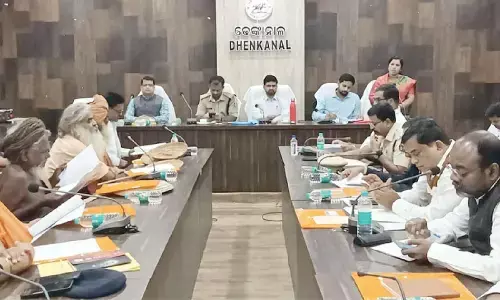Koti from housing the Nizams to a commercial hotspot

Koti is one of the major commercial suburbs in the city. The area is renowned for the array of book shops which sell first and second hand books. Bank Street in the area is a financial centre where many public and private sector banks operate. Ram Koti in the vicinity is also famous for selling two-wheeler Some of the popular areas include the Gujarati Galli which sells electronic goods at cheaper prices.
Koti is one of the major commercial suburbs in the city. The area is renowned for the array of book shops which sell first and second hand books. Bank Street in the area is a financial centre where many public and private sector banks operate. Ram Koti in the vicinity is also famous for selling two-wheeler Some of the popular areas include the Gujarati Galli which sells electronic goods at cheaper prices.
Another landmark is Gokul Chat Bhandar which was targeted by terrorists in 2007. Prominent areas nearby are Abids, Esamia Bazar and Mozzam Jahi Market, all of which are commercial areas. King Koti Palace, Andhra Bank (1960), State Bank of India, Hyderabad LHO (1965), Central Bank of India (1919) Badi Chowdi, Clock Tower, Anti Corruption Bureau, Govt Maternity Hospital, Women's College, Osmania Medical college (1846) ,CSI Wesley Church (1927 ), Endowment Department, Telugu Bhasha Samithi, Possnett Bhavan and St. Joseph School are the other prominent landmarks.

History
Koti derived its name from Kothi Residency. The mansion was where the Nizams captured women who were concubines. The residency was later converted to house Britisher James Achilles Kirkpatrick. Since 1949, the campus gained recognition as the Osmania University College for Women. Nazri Bagh Palace was where the Seventh Nizam Osman Ali Khan, Asaf Jah VII, of Hyderabad State lived.
Of the three principal buildings of the King Kothi complex, the main building (now houses a hospital) and the Mubarak Mansion (Nazri Bagh) accommodating the offices of the Nizam’s private estates (Sarf-E-Khas) only survive. Both the surviving buildings are built in the European style. The third building, Usman Mansion, was demolished in the early 1980s. Nizam VII, the last ruling Nizam (1911–1948) lived here and died in this building on February 24, 1967.

The palace is also home to the Judi Mosque. The VII Nizam, Osman Ali Khan, willed that he be buried in the mosque that faced his residence which is to the east of Mubarak Mansion and stands at the Ghadial (clock) gate. The King Kothi complex has various European styles. The canopies over windows, the intricate woodwork, the sloping tiled roofs in octagonal pyramid shapes of the Ghadial Gate complex and the classical semicircular arches are among the characteristic features.
Problems
Syed, a senior resident of the Ram Koti, said, “Autos which ferry school children park the vehicles on the roads which leads to traffic congestion at peak hours. Complaints to the traffic police and the GHMC has not yielded any results and commuters are suffering due to this. The authorities should look into the matter immediately.”
By:Ch Saibaba



















